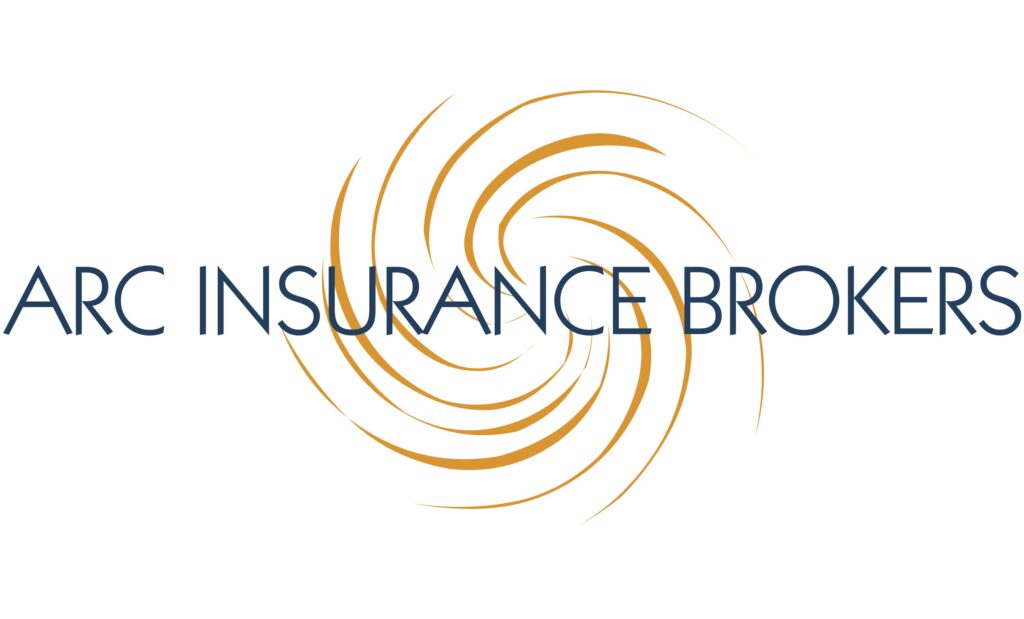
The opportunity cost of choosing the equipment over the stock market is 2% (10% – 8%). In other words, by investing in the business, the company would forgo the opportunity to earn a higher return—at least for that first year. We can express the opportunity cost related to investing by calculating the difference between the expected returns of two investment options. Suppose, one fine morning the notary calls you up and tells you that a rich, distant relative has given you $1,00,000. As a result, you quickly make a decision on what you want to do with the money. After one year, you will use the returns to the investments to buy a house.
- In the following, the decisive variables for opportunity costs are explained in more detail and examples are provided.
- Well, even if your cow costume was made with stuff you already had, you still gave up the opportunity to do something else with your time.
- Hence marginal opportunity cost in the numeraire is equal for all suppliers….
- That’s not to say that your past decisions have no effect on your future decisions, of course.
Benefits and Returns
Inversely, the opportunity cost of the 8 percent return is the 10 percent return. Even if you select the 10 percent return – and therefore earn a better overall return – your opportunity cost is still the next best alternative. In short, any trade-off you make between decisions can be considered part of an investment’s opportunity cost. Investors might also want to consider the value of time in their calculation of opportunity cost.
Related to this video

In a business context, opportunity cost can significantly influence strategic decisions. If a company invests capital into Travel Agency Accounting a new project, the opportunity cost would be the returns that could have been generated by investing that capital elsewhere. This could include other potential projects, savings accounts, or investments in stocks that might yield better returns. Opportunity cost is important to consider when making many types of decisions, from investing to everyday choices.
- Or in other words, it is the cost of what we have to give up in order to get something else.
- Inversely, the opportunity cost of the 8 percent return is the 10 percent return.
- Opportunity cost refers to what you have to give up to buy what you want in terms of other goods or services.
- They help managers and decision-makers to determine the most efficient use of resources in order to maximize the value of the company.
- The offers that appear on this site are from companies that compensate us.
- Opportunity cost can be applied to any situation where you need to make a choice between two or more alternatives.
Societal Decisions
For example, a stock with a potential 10 percent annual return has more risk than investing in a CD with a sure-fire 5 percent annual return. So the opportunity cost of taking the stock is the CD’s safe return, while the cost of the CD is the stock’s potentially higher return and greater risk. The stock’s risk and potential for loss may make the lower-yielding investment a more attractive prospect. If you don’t have the actual rate of return, you can weigh the investment’s expected return.


Because of scarcity, every time we do one thing we necessarily have to forgo doing something else desirable. So there is an opportunity cost to everything we do, and that cost is expressed in terms of the most valuable alternative that is sacrificed…. Decisions concerning the protection of the environment have Online Accounting opportunity costs in terms of economic development, which may be restricted. Analyzing from the composition of costs, sunk costs can be either fixed costs or variable costs. From the traceability source of costs, sunk costs can be direct costs or indirect costs.


It is defined as the value of the next best alternative that must be given up in order to pursue a certain action. This concept can be applied to both individuals and businesses, and it is an important factor to consider when making choices in a world of limited resources. In this article, we will delve into the concept of opportunity cost, its significance in economics, and how it can impact decision making. Similar to the way people opportunity cost means that something needs to be make decisions, governments frequently have to take opportunity cost into account when passing legislation.
